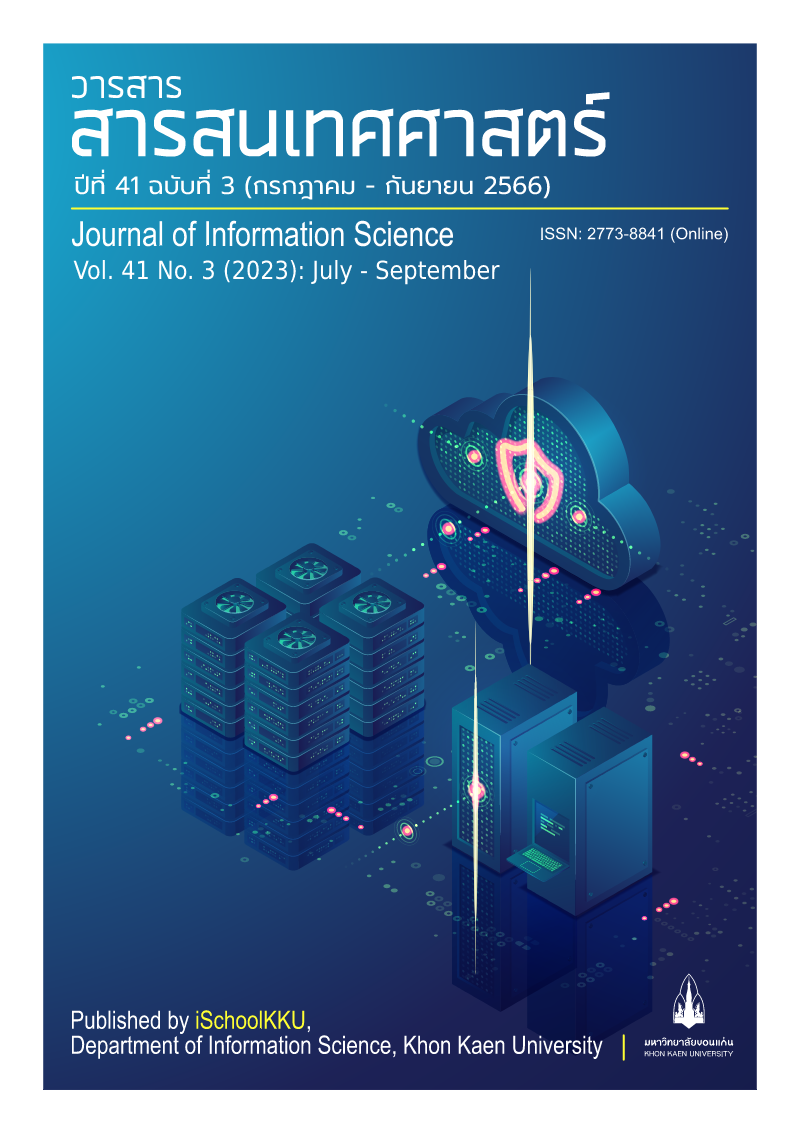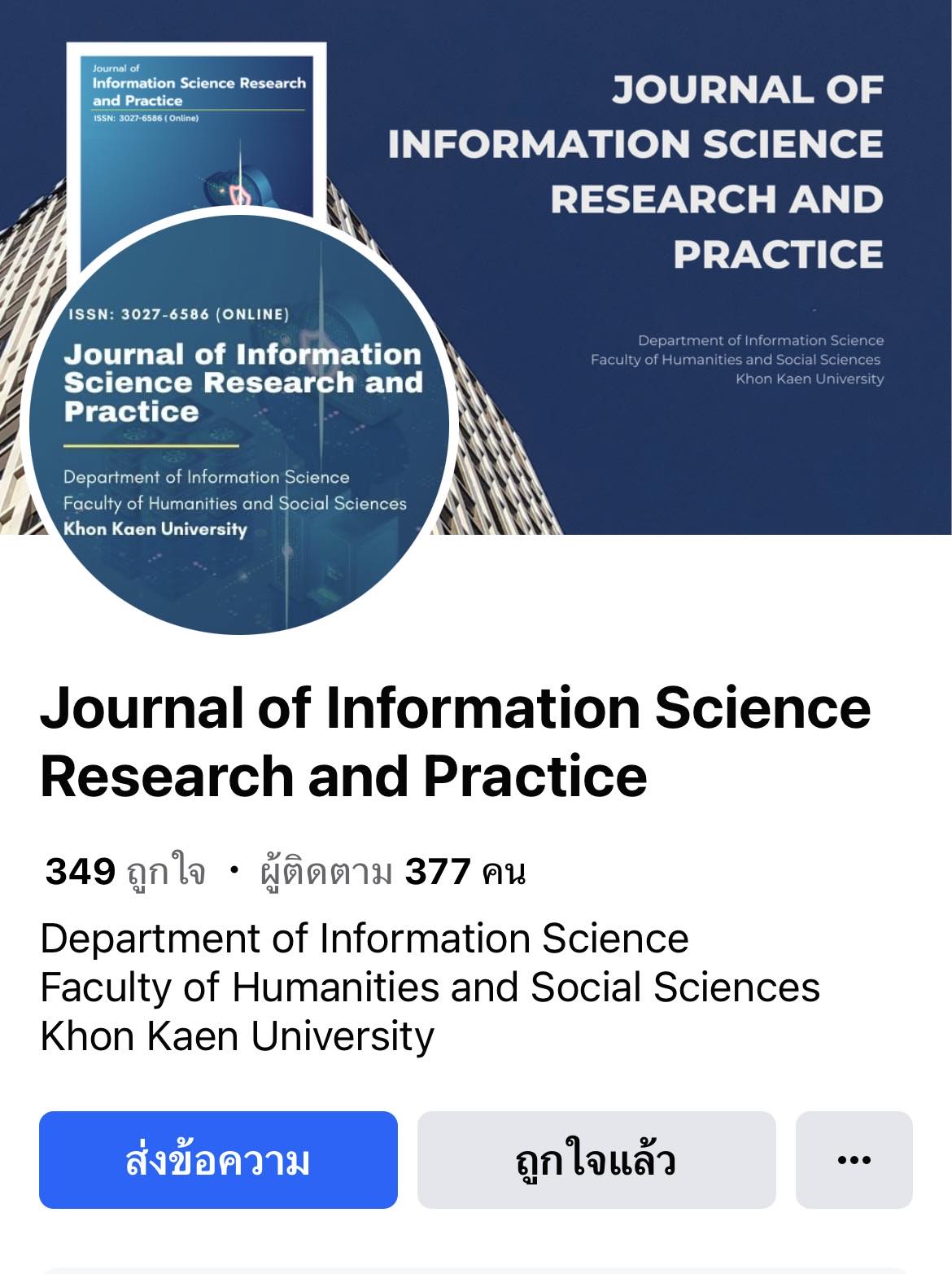Digital Assets Price Prediction Using Sentiment Analysis on Crowd Trading Idea
DOI:
https://doi.org/10.14456/jiskku.2023.21Keywords:
Digital assets, Crowd idea user, Sentiment analysis, Price prediction, Digital trading, Trading ideasAbstract
Purpose: The objective of this study is to conduct sentiment analysis of users' ideas on a social media platform, including comments about the prices of digital assets, to forecast potential price changes. Subsequently, the obtained results will be utilized to develop a decision support system for individual investors.
Methodology: The study involves collecting ideas, trading techniques, graph analysis, and market opinions from online trader community, TradingView is the largest global community of cryptocurrency investors. Data was collected between September 1, 2022 and December 31, 2022, comprising a total of 8,725 text entries. The analysis focuses on categorizing the sentiments of these texts into three groups: positively related to a bullish market direction suggesting buying, negatively related to a bearish market direction suggesting selling, and neutral sentiments related to do not trading. Subsequently, a model is developed based on the majority user opinions to predict whether buying or selling is advisable during specific time periods.
Findings: The forecasting accuracy using actual closing prices of digital assets compared to forecasting prices from various calculation methods, including 1-day overlap, standardized value, trend change analysis, percentage change, and correlation analysis, it was found that the actual prices and forecasting prices were in close agreement. The Pearson Correlation coefficient was as high as 0.89. Using the Granger-Causality Test, it was revealed that the sentiments of users on TradingView regarding digital asset prices tended to move in the same direction.
Applications of this study: The analysis revealed a high correlation between actual and forecasted prices in the same direction. This result can be used to analyze turning points and forecast the prices of digital assets. By integrating the techniques from this research into an automated system that aggregates user opinions and analyzes real-time market sentiment, it can serve as a decision support tool for investment, including short-term price volatility predictions.
Downloads
References
Coinmarketcap. (2022). Cryptocurrency prices, charts and market capitalizations. Retrieved from https://www.coinmarketcap.com/
Cruciani, G., Baroni, M., Clementi, S., Costantino, G., Riganelli, D., & Skagerberg, B. (1992). Predictive ability of regression models. Part I: Standard deviation of prediction errors (SDEP). Journal of Chemometrics, 6(6), 335-346.
Diks, C., & Panchenko, V. (2006). A new statistic and practical guidelines for nonparametric Granger causality testing. Journal of Economic Dynamics and Control, 30(9–10), 1647–1669.
Goldman Sachs (Asia) L.L.C.. (2021). Overview of digital assets and blockchain. Retrieved from https://1e9.community/uploads/short-url/yK2ONzAH0NdeYL8lyFJN7QfKYte.pdf
Kaiser, L. (1989). Adjusting for baseline: change or percentage change?. Statistics in medicine, 8(10), 1183-1190.
Loria, S. (2018). textblob Documentation. Release 0.15, 2(8), 269.
Noakes A. Michael & Rajaratnam, K. (2016), Testing market efficiency on the Johannesburg Stock Exchange using the overlapping serial test. Annals of Operations Research, 243(1), 273-300
Moews, B., Herrmann, J. M., & Ibikunle, G. (2019). Lagged correlation-based deep learning for directional trend change prediction in financial time series. Expert Systems with Applications, 120, 197-206.
Nanli, Z., Ping, Z., Weiguo, L., & Meng, C. (2012). Sentiment analysis: A literature review. In 2012 International Symposium on Management of Technology (ISMOT). (572–576). [n.p.]: IEEE.
Prabpala, S., Chansanam, W., & Tuamsuk, K. (2023). Topic Modeling on Crowd Trading Ideas for Digital Asset Price Prediction. International journal of Applied Engineering and Technology (London), 5(1), 6-12
SEC. (2022). Digital asset entrepreneurs. Retrieved from https://www.sec.or.th/TH/pages/lawandregulations/digitalassetbusiness.aspx
Suepaisal, N. (2021). What is digital asset?. Retrieved from https://www.thematter.co/futureverse/futureword-digital-asset/160461
Tuamsuk, K., Chansanam, W., Chaikhambung, J. & Kaewbunma, N. (2018). Digital humanities research. (In Thai). Khon Kaen: Khon Kaen University.
Tradingview. (2022). Trading ideas. Retrieved from https://www.th.tradingview.com/education/tradingtool/
Wilder, J. Welles. (1978). New Concepts in Technical Trading Systems. Trend Research: Greensboro (N.C.).








